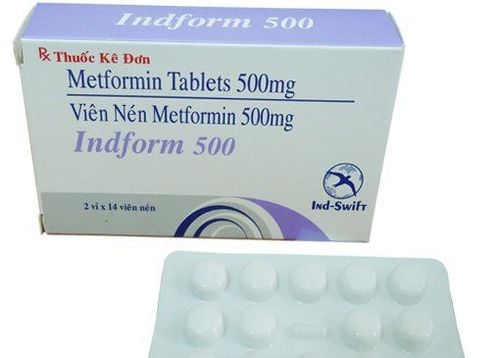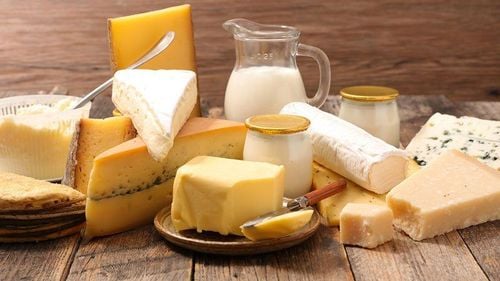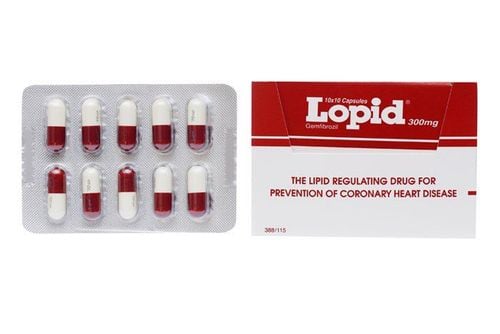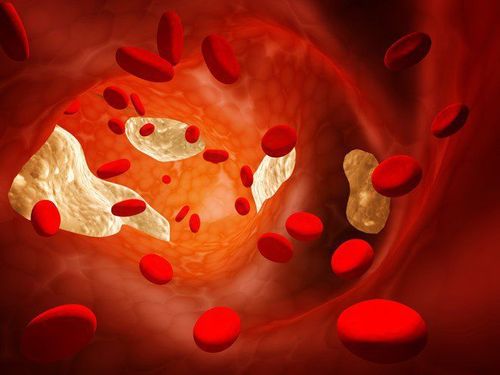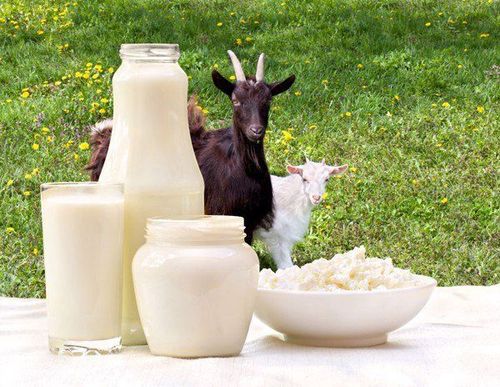This is an automatically translated article.
Many people are moving towards dairy alternatives for a variety of reasons, including better health or to reduce their impact on the planet. One struggle people face when giving up dairy is how to substitute daily dairy products.
1. Reasons for choosing milk substitutes
If buying milk substitutes, it's important to try and choose calcium-fortified, sugar-free versions.
Some people need milk alternatives for many reasons:
1.1. Cow's milk allergy A cow's milk allergy is an immune response to cow's milk proteins. This is relatively rare in adults and is mostly a condition in young children. In general, many children will clear their milk allergy by the time they start school. People with a cow's milk allergy should avoid milk and dairy products. 1.2. Lactose intolerance Lactose intolerance is not the same as cow's milk allergy. This is a digestive problem in which the body cannot digest lactose, a sugar found in milk and dairy products. Symptoms of this condition can include bloating and diarrhea. Normally, people who are lactose intolerant can consume small amounts of milk but need to be careful about their milk intake.
2. Dairy alternatives
While many people still turn to a glass of cow's milk to drink or add to their favorite recipes, others are turning to non-dairy alternatives. Luckily, there are plenty of store-bought and homemade options.
One cup of whole milk contains about 149 calories, 8 grams of protein and 8 grams of fat. It also contains nutrients and minerals including calcium and potassium. Many suppliers also add vitamin D to their milk.
Similarly, some plant-based milks have a high nutritional value and many manufacturers offer calcium and vitamin D supplements.
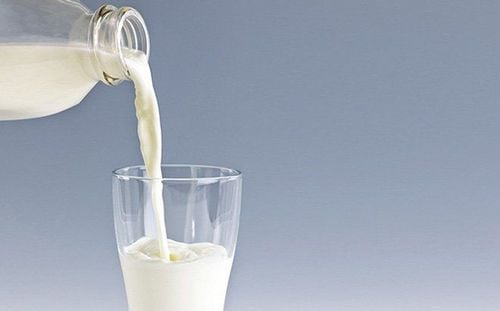
Sữa chứa lượng dinh dưỡng cần thiết cho cơ thể người sử dụng
Almond milk is a popular milk substitute because it's easy to make, cheap to buy, and many people find it delicious. One cup of almond milk contains about 39 calories, 1 gram of protein, and 2.5 g of fat. Almond milk doesn't have a strong flavor like some other plant-based milks, so it could be a good transitional milk for many to try. 2.2. Soy milk Some doctors may recommend soy milk for people who are intolerant of dairy foods or want to cut calories. A cup of soy milk from one of the top brands contains 7 g of protein, 4g of fat and only 80 calories, which means it provides almost as much protein as whole milk. Soy milk can have a distinctive taste to those who are not used to it. However, it comes in sweetened and unsweetened varieties so one can try different options.
2.3. Coconut milk Coconut milk is naturally very fatty, giving it a similar texture to cow's milk. However, one cup of fortified coconut milk contains 74 calories and 5 g of fat, but less than 1 g of protein. Many people use it. coconut milk in their coffee because of its creamy texture. Adding cocoa powder to heated coconut milk also creates a rich and creamy hot cocoa.
2.4. Rice milk Rice milk has a sweeter taste than other milk alternatives. It's also more watery than other options, but comes in many varieties and can be a great substitute for milk in cereals.
One cup of rice milk contains about 113 calories, less than 1 g of protein and just over 2 g of fat.
2.5. Alternatives The above are the most popular alternatives to cow's milk. Other dairy-free milk alternatives include:
Oat milk Hemp milk Cold milk Cashew milk Tiger nut milk 2.6. Butter Alternatives Although plant-based margarine is commonly available, some people seek out natural alternatives. Includes:
Coconut Oil: Coconut oil is an easy 1:1 substitute for butter in most recipes. Some people recommend heating the oil and adding a pinch of salt to neutralize the sweeter coconut flavor. Olive oil: If people use olive oil in place of butter, it's best to use it for sautéing foods or caramelizing rather than for baking. Butter: Avocados are versatile in the kitchen depending on the recipe, a ripe avocado can be the perfect butter substitute for baking. The buttery taste tends to disappear, leaving only a rich, creamy texture that is perfect for baked goods. Banana: For sweet recipes, a ripe banana can also replace the avocado. Note that the taste of bananas can alter the flavor of the dish.
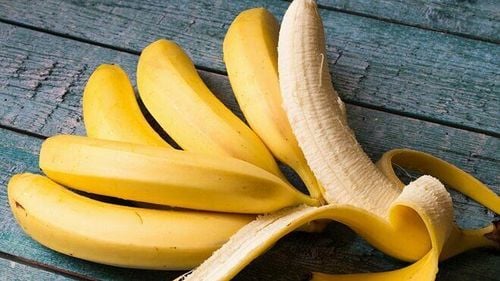
Chuối có thể được sử dụng để thay thế bơ giúp thay đổi hương vị món ăn
2.7. Cheese Substitutes There are a variety of cheese alternatives, including: soft cheeses and hard cheeses Soft cheeses:
Easily recreate the texture of soft cheeses. There are many plant-based versions of soft cream cheese on the market, often made with soy or coconut milk. These soft cheeses are easy to make at home. Soaking cashews overnight and mixing them with a bit of nut milk and lime juice will give many people the creamy cheese flavor they want. People can mix soft tofu with salt and spices to make dairy-free nacho cheese. Adding chives and fried onions to the mix can turn it into a simple vegetarian side dish. Thin slices of smoked tofu can also replace provolone cheese in sandwiches. Hard Cheese:
The sour taste of hard cheese can be difficult to replicate at home, but there are many healthy cheeses available to buy at the health food store. Coating hard tofu and baking with salt and truffle oil can make a great topping for pasta or other dishes that call for hard cheeses.
3. Health benefits of going dairy-free
Milk is a rich source of protein and a very common dietary source of calcium. Many other plant-based foods contain these nutrients, but a person making the switch should make sure they are meeting their daily needs.
There are also some possible health benefits of going dairy-free, including:
3.1. Avoid lactose intolerance symptoms. Most people naturally stop producing lactase, the enzyme needed to break down the lactose in milk, once they stop consuming milk. For people who are lactose intolerant or sensitive to dairy products, switching to alternatives can help avoid symptoms and keep their digestive system healthy. Some people are allergic to cow's milk and can have a dangerous allergic reaction to it. Anyone with a milk allergy should avoid dairy products entirely. 3.2. Avoiding hormones and steroids Some people eliminate dairy products to avoid the potential for contaminants in milk, such as steroids or hormones.
A 2015 study notes that even small amounts of hormones and steroids in milk can pass to people who drink milk and can cause unwanted effects on the body. The researchers call for more research on this topic.
3.3. Reduces Cancer Risk A 2017 review found that vegetarians who did not consume any animal products, including dairy, had significantly reduced rates of cancer.
However, this may not be directly due to a lack of dairy in their diets, as vegans also avoid meat and eggs.
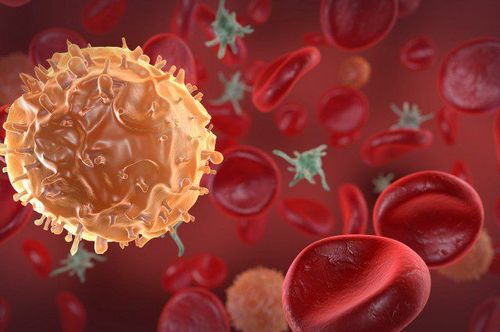
Không dùng sữa có thể giảm đáng kể tỷ lệ mắc bệnh ung thư
4. Choose products with less fat and less sugar
While dairy products are an important part of a healthy, balanced diet, some can be high in saturated fat and sugar.
Having a high-fat diet makes it easy to consume too many calories and over time, can lead to weight gain. In addition, having too much saturated fat in the diet can raise blood cholesterol levels, which can increase the risk of heart attack or stroke.
So we need to consider:
Lower fat products: we should try to choose these products like lower fat milk (half-fat, skim or 1% fat) and cheese reduced or low-fat cottage cheese (cheese or quark) and lower-fat yogurt. Low-sugar versions: we should try to choose lower-sugar products like less sugar or plain yogurt. Food labels - these lower fat and lower sugar dairy foods and drinks are widely available. Using food labels to find fat, saturated fat, sugar, and salt ingredients can help you make healthier choices. Quantity: for example, choose strongly flavored cheeses (e.g., mature cheddar or parmesan) to make the sauce. Or grate the cheese instead of slicing this way you can avoid using more than necessary. Calcium is found in the liquid part of milk, it is not removed when the fat is removed. Therefore, reduced-fat dairy products (such as skim milk) provide as much calcium as conventional products.
5. Tips
Use reduced-fat milk to make custards and milk puddings.
Eat low-fat fruit yogurt, as a healthier alternative to foods like candy and cakes.
Plain yogurt is low in fat and is a great low-fat alternative to ice cream and sour cream. They will make the recipe much better without affecting the taste.
Try incorporating dairy products into some of your meals - chicken can be made by marinating chicken pieces in yogurt.
Why not try making your own with low-fat yogurt, grated cucumber, minced garlic, fresh lemon juice, fresh mint, dill, chives and black pepper.
Try a glass of low-fat milk as a snack or to help rehydrate after exercise - as well as naturally high-quality protein, it contains vitamins and minerals that can boost rehydration and change Replaces substances lost through sweat (sodium) as well as supports muscle function and bone health (potassium and calcium).
Please dial HOTLINE for more information or register for an appointment HERE. Download MyVinmec app to make appointments faster and to manage your bookings easily.




